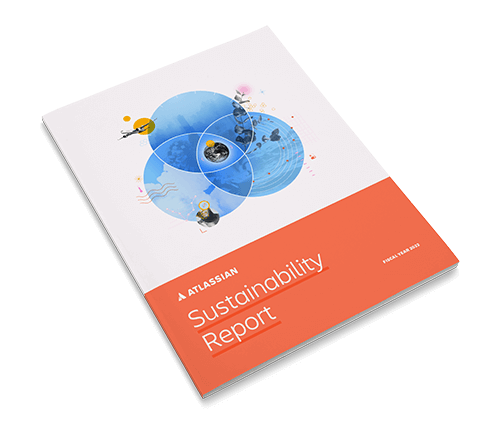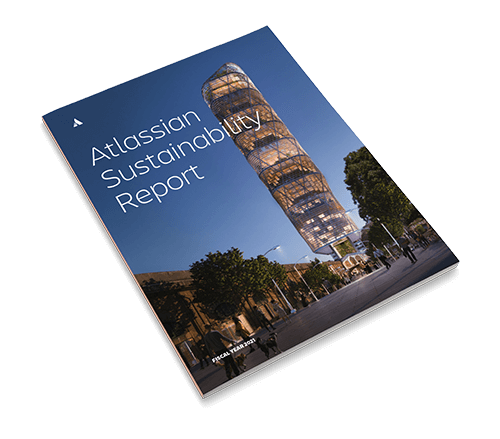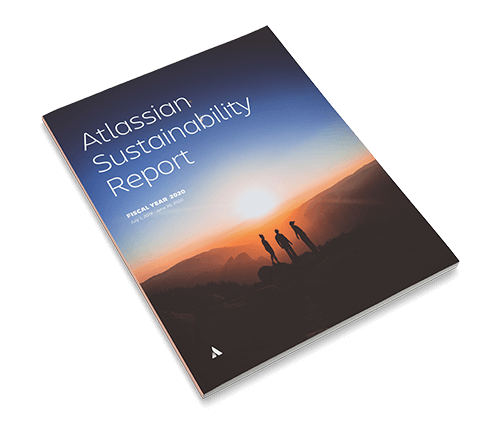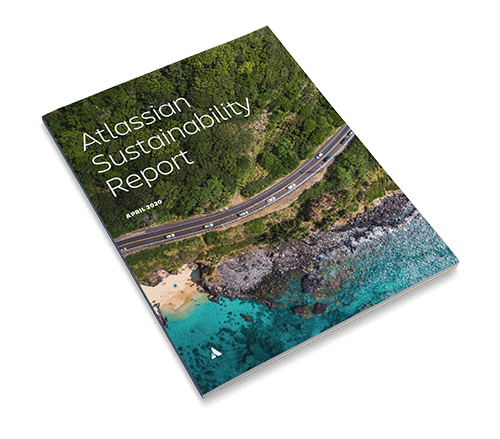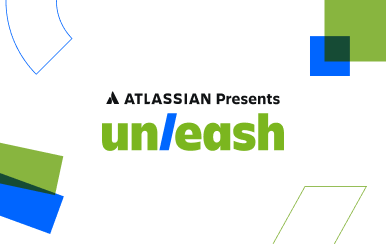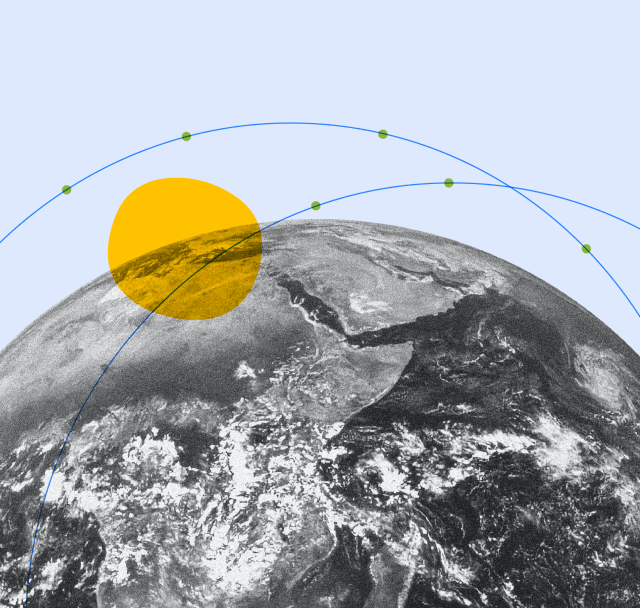Wir haben uns verpflichtet, bis 2040 emissionsfrei zu werden
Dazu haben wir uns kurzfristige, wissenschaftlich fundierte Ziele gesetzt, um die Erderwärmung auf 1,5 °C zu begrenzen.
Unsere Highlights
Wir haben unseren ersten virtuellen Stromabnahmevertrag unterzeichnet, der unseren Stromverbrauch im Büro und bei der Arbeit von zu Hause aus in den Vereinigten Staaten deckt. Wir haben auch unseren Leitfaden Don’t #@!% the Planet veröffentlicht, der zeigt, wie wir Klimaschutz betreiben.
Wo wir noch nachbessern müssen
Unsere Reiseemissionen sind wieder gestiegen und liegen jetzt höher als zu dem Zeitpunkt, an dem wir unsere Baseline festgelegt haben. Das war zu erwarten, als die Reisebeschränkungen aufgehoben wurden.
Wohin unser Weg führt
Die Reduzierung der Emissionen bleibt unsere oberste Priorität. Dazu arbeiten wir daran, unsere Führungskräfte mehr in die Verantwortung zu ziehen und für mehr Transparenz bei unseren Emissionsdaten zu sorgen, um schneller auf neue geschäftliche und regulatorische Anforderungen reagieren zu können.
Wir sind überzeugt: Vielfalt ist ein Vorteil
Unser Ziel bei Atlassian ist die absolute Gleichstellung aller Mitarbeiter und wir setzen uns für eine authentische Kultur der Inklusion ein.
Unsere Highlights
Wir haben unsere erste globale Prüfung zur Lohngleichheit durchgeführt und dabei keine beobachtbaren statistisch signifikanten Gehalts- oder Eigenkapitalunterschiede festgestellt, sei es aufgrund des Geschlechts weltweit oder der Herkunft/ethnischen Zugehörigkeit in den USA. Wir haben auch unsere Mitarbeiterprogramme bewertet und unseren Ansatz weiterentwickelt, um Chancengleichheit für alle Atlassian-Mitarbeiter sicherzustellen.
Wo wir noch nachbessern müssen
Dieses Jahr haben wir weniger Fortschritte bei der Repräsentation von Frauen weltweit und von hispanischen/lateinamerikanischen Atlassian-Mitarbeitern in den USA gemacht.Trotz unserer besten Bemühungen bestätigt dies unsere Annahme: Fortschritte sind nicht immer linear, wenn es darum geht, die Repräsentation aller unterrepräsentierten Gruppen zu erhöhen.
Wohin unser Weg führt
Wir implementieren weiterhin Verfahren für vorurteilsfreie Bewerbungsprozesse, ermöglichen Führungskräften die Förderung von Diversität, Chancengleichheit und Inklusion, verschaffen unseren Employee Resource Groups mehr Gehör und messen unseren Ergebnisse.
Transparenz und Verantwortung stehen im Mittelpunkt unseres Geschäfts
Dies sind die Grundlagen unseres Umgangs mit Menschenrechten, zusammen mit unseren Werten, unserer Mission und den UN-Leitprinzipien für Wirtschaft und Menschenrechte.
Unsere Highlights
Neben der Einführung von Atlassian Intelligence haben wir die Prinzipien für verantwortungsvolle Technologie veröffentlicht, die in fünf Grundsätzen darlegen, wie wir unsere Werte wahren, wenn es um die Entwicklung, den Einsatz und die Nutzung neuer Technologien wie künstlicher Intelligenz geht.
Wo wir noch nachbessern müssen
Wir haben Frameworks zur Sorgfaltspflicht und zur Verbesserung von Beschwerdevorgängen entwickelt, diese aber noch nicht implementiert, da wir Kompromisse eingegangen sind, um uns auf das rasante Aufkommen generativer KI zu konzentrieren.
Wohin unser Weg führt
Jetzt, wo wir Verpflichtungen und Frameworks für Menschenrechte und Ethik geschaffen haben, werden wir daran arbeiten, diese weiter in unseren Betrieb zu integrieren und sie für Atlassian-Mitarbeiter bei ihrer täglichen Arbeit umsetzbar zu machen, einschließlich Sorgfaltspflicht, jährlicher Stakeholder-Kontakt und Programme für verantwortungsvolle Technologie.
Wir sind der Überzeugung, dass Bildung und Unternehmen die Welt verändern können
Mit dieser Überzeugung haben wir die Atlassian Foundation gegründet.
Unsere Highlights
Die Atlassian Foundation hat 11,5 Millionen US-Dollar und 4.700 kostenlose oder stark vergünstigte Community-Produktlizenzen an gemeinnützige Organisationen gespendet, und unsere Mitarbeiter haben im Laufe des Jahres mehr als 60.000 Stunden ehrenamtliche Arbeit geleistet. Wir arbeiten weiterhin mit 16 innovativen Bildungsträgern zusammen.
Wo wir noch nachbessern müssen
Wir haben festgestellt, dass sich eine Lücke im Produkt- und Praxissupport auf Teams gemeinnütziger Organisationen auswirkt, da viele dieser Teams nicht über die gleichen Ressourcen, Kapazitäten und technischen Fähigkeiten verfügen, die für die effektive Einführung und Implementierung unserer Produkte erforderlich sind.
Wohin unser Weg führt
Derzeit überarbeiten wir die Strategie der Atlassian Foundation, um unsere Aktivitäten auszuweiten, und wir freuen uns darauf, im nächsten Jahr und darüber hinaus zwar weniger, dafür aber beherztere Schritte zu unternehmen, um gemeinnützige Organisationen weiterhin mit einer Kombination aus Finanzmitteln, Fachkräften, Produkten und Praktiken von Atlassian zu unterstützen.
Unseren Nachhaltigkeitsbericht herunterladen
„Sinnvolle Veränderungen können nicht alleine erreicht werden. Wir fordern Unternehmen aller Formen und Größen auf, gemeinsam mit uns dieses Jahr Ihr ESG-Engagement zu bekräftigen.“
– Mike Cannon-Brookes und Scott Farquhar, Mitbegründer und Co-CEOs
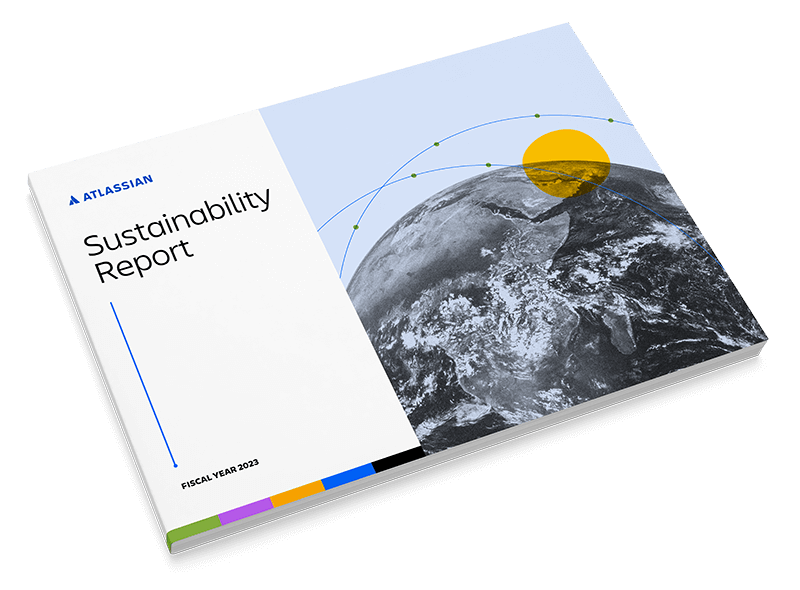
Unsere Leistungen der letzten Jahre:
